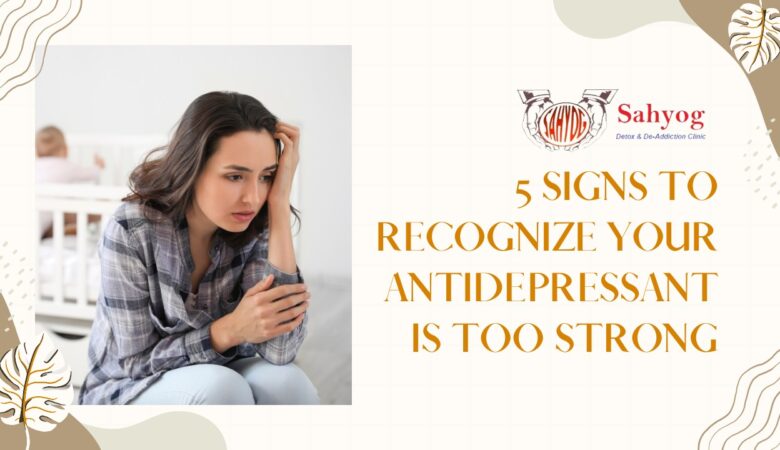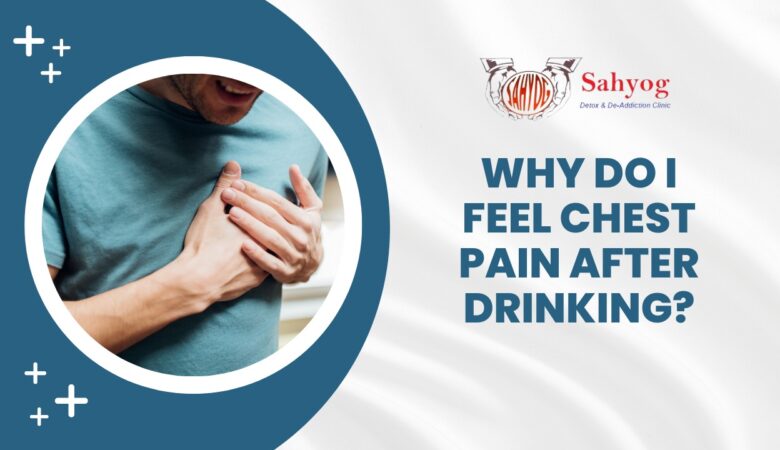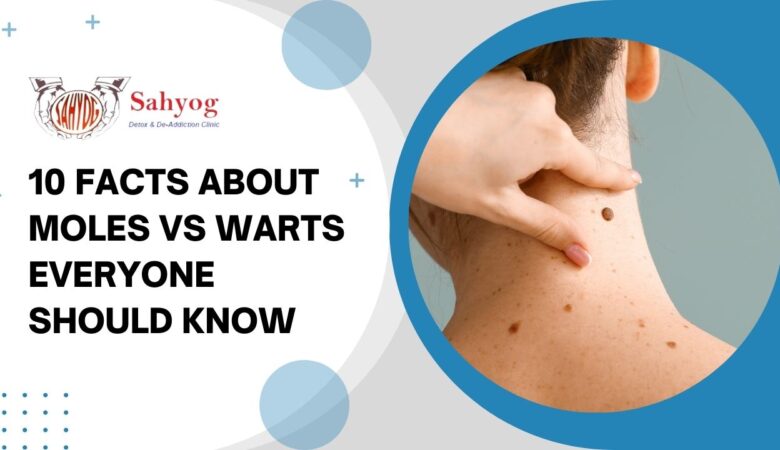5 Signs to Recognize Your Antidepressant is Too Strong
Innumerable discoveries and advancements have resulted from this pursuit of knowledge throughout human history, and it is an essential part of our lives today. However, there are challenges associated with seeking information. Attempting to get a deeper knowledge in the face of complex situations and obstacles requires us to exercise our critical thinking skills regularly. We could start to delve deeper into our own brains during these reflective times, revealing fresh concepts and viewpoints. In this age of instant access to a multitude of knowledge, self-awareness, and environmental consciousness are more important than ever. We may broaden our views and comprehend the complexities of our existence with the aid of our capacity for critical thought and effective interpersonal interaction. Obsessive-compulsive disorder, anxiety, and depression can all be treated with antidepressants. Antidepressants may have unpleasant side effects if used in excess. We’ll look at five signs in this post that the antidepressant you’re taking could be too potent for you. I. Changes in Sleeping Patterns: The quality of our sleep may be a sign of our physical or mental well-being. Due to how crucial it is for our general health to keep a regular sleep pattern, even minor disturbances to this balance can have a significant impact on how we go about our daily lives. An imbalance of neurotransmitters in the brain can be triggered by a number of circumstances, including medicine, and is a common cause of sleep disruption. Insomnia is a common negative effect of antidepressants. If antidepressants make you sleepy or lethargic, you may have trouble staying alert during the day. They may also contribute to the development of insomnia and other sleep disorders. It’s important to remember that if your antidepressant is causing sleep disruptions, it doesn’t always mean you need to reduce your dose. These shifts might be a natural part of your body adjusting to the medication. However, if you see a significant shift in your usual sleep pattern, you should talk to your doctor about adjusting your prescription or exploring alternative treatment options. II. Increased Anxiety: Despite their widespread use, antidepressants have been shown to have the opposite effect and increase a person’s tension levels. Anxious people may have a harder time coping with their condition because of this, making it a distressing situation for them. The subjective symptoms of anxiety include things like worry, fear, and panic attacks, whereas the objective signs include things like a racing heart and profuse perspiration. These symptoms may improve for some people using antidepressants, while they may worsen for others. Talk to your doctor right away if your anxiety has worsened while taking antidepressants. If your current medicine isn’t working, they may be able to recommend an alternative or adjust your dosage. Occasionally, drug-free treatments like psychotherapy may prove effective in helping you with your anxiety. It’s also crucial to keep in mind that numerous drugs, not only antidepressants, can cause anxiety as a side effect. You must address the potential for interactions or negative effects with your healthcare practitioner if you take additional drugs in addition to your antidepressant. III. Emotional Blunting: Emotional numbness is a common adverse effect of antidepressants. It’s likely that someone using the medication won’t experience pleasure, happiness, or other good feelings with the same intensity they did before. When we discuss feeling emotionally distant, this is what we mean. While emotional blunting may aid in coping with strong emotions, it can be challenging for people who value upholding meaningful connections with their loved ones and society at large. You should consult your doctor immediately away if you’re on antidepressants and find that they’re making it impossible to feel anything. They might be able to change your dosage or suggest a different medication that won’t result in this adverse effect. In certain cases, symptom management can be achieved more effectively with talk therapy or other non-drug approaches. Keep in mind that numbing your emotions isn’t always a sign that you’ve taken too much medication. It may also be a transient negative effect that disappears when your body adjusts to the medication. If this side effect is causing you worry or a significant decrease in your standard of living, you must discuss it with your doctor. IV. Physical Symptoms: Antidepressants can cause a wide variety of unwanted side effects in the body, including but not limited to headaches, dizziness, nausea, and changes in appetite and weight. These symptoms can be particularly challenging for persons who are already dealing with chronic pain, intestinal issues, or other physical health difficulties. It’s important to remember that not all antidepressant-related bodily symptoms have a causal relationship to the drug itself. There may be a medical cause for the symptom, or the symptom might be the result of a negative medication interaction. Finding the source of any health issues you are having while taking antidepressants requires speaking to your doctor. If your doctor finds that the antidepressant you are taking is to blame for your health issues, he or she might change your dosage or suggest a different course of action. It can be desirable in some circumstances to attempt to treat your symptoms without drugs. One person’s success story with antidepressants might not be the same as another’s. You absolutely must have this in mind. It’s crucial to talk to your doctor if you’re taking antidepressants and are having physical symptoms or other side effects so that you can jointly decide on the best course of action. V. Suicidal Thoughts: One of the most serious side effects of antidepressant therapy is an increased risk for increased thoughts or actions of suicide, especially in young individuals and children. Although antidepressants are widely considered safe and effective for treating depression and other mental health concerns, they can occasionally have unanticipated consequences, including an increased risk of suicidal thoughts or actions. If you are on antidepressants and are having suicidal thoughts, get immediate medical attention. This may require contacting a crisis hotline or going to the emergency room, depending



